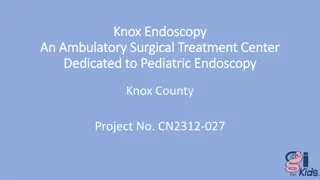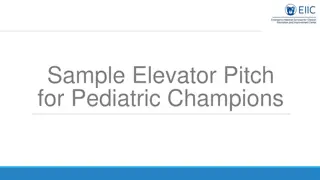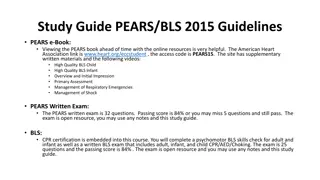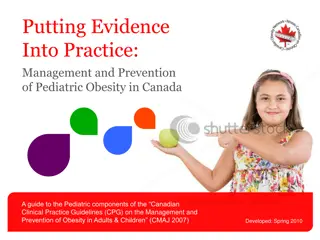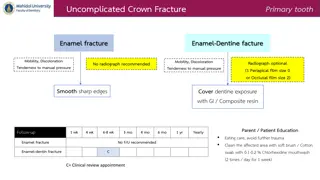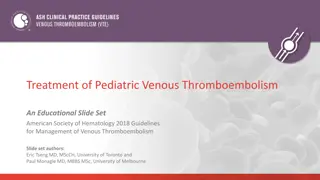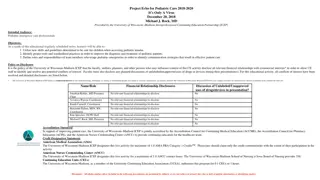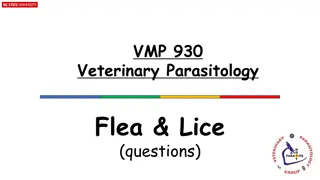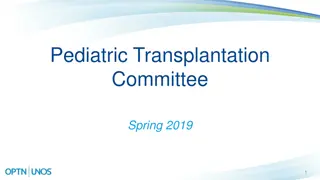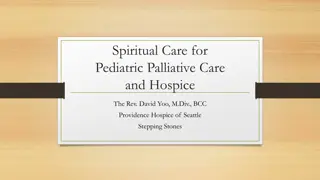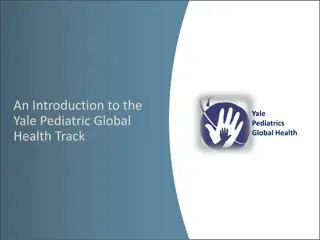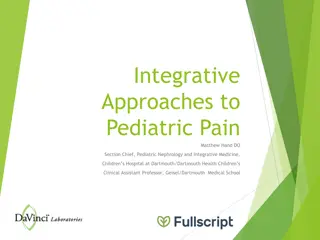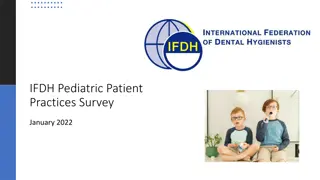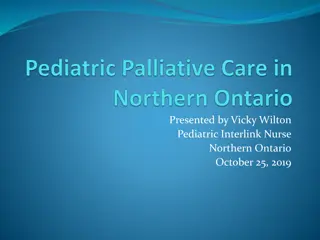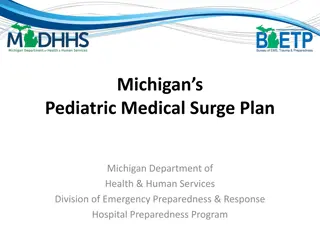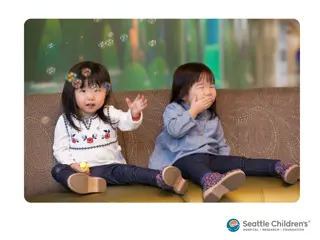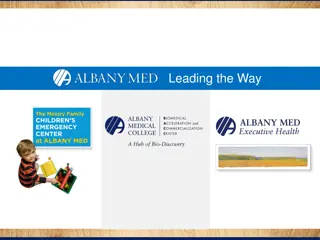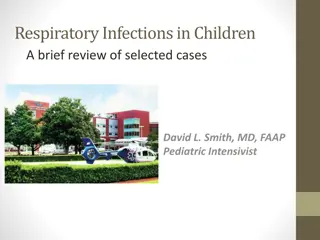Pediatric Care and Head Lice Management Guide
This guide covers pediatric care practices, common head lice infestation in children, patient assessment for head lice, management strategies including preventative measures, treatment options such as insecticides and wet-combing method. It also debunks myths like shaving the head as an effective treatment and discusses napkin rash causes.
Uploaded on Nov 14, 2024 | 1 Views
Download Presentation

Please find below an Image/Link to download the presentation.
The content on the website is provided AS IS for your information and personal use only. It may not be sold, licensed, or shared on other websites without obtaining consent from the author.If you encounter any issues during the download, it is possible that the publisher has removed the file from their server.
You are allowed to download the files provided on this website for personal or commercial use, subject to the condition that they are used lawfully. All files are the property of their respective owners.
The content on the website is provided AS IS for your information and personal use only. It may not be sold, licensed, or shared on other websites without obtaining consent from the author.
E N D
Presentation Transcript
Pediatric Care Pediatric Care Practice Practice
Head Lice Head Lice Commonly found in children, especially around the age of 4-11 years old Infection is spread by direct head-to-head contact Girls showing higher incidence than boys
Patient Assessment Patient Assessment
Have live lice been seen? Have live lice been seen?
Presence of empty egg shells (nits) Presence of empty egg shells (nits)
Presence of itching Presence of itching Previous infection Medication
Management Management Preventative Measures: 1-Avoid direct contact with infected patients. 2-Do not share articles such as combs, brushes, hats and towels 3-Use hot water to wash hairbrushes and combs of patient for 10 minutes. 4-Use hot water to wash clothes, bedding, and towels of patient.
Shaving the head is not an effective treatment Shaving the head is not an effective treatment because lice can cling to as little as 1 mm of hair. because lice can cling to as little as 1 mm of hair.
Treatment Treatment A-Insecticides: permethrin, lindane (gama benzene hexachloride), and malathion, cure rates of 70-80 % B-Dimeticone and isopropyl myristate (physical insecticides), cure rates 70 % C-Wet-combing, cure rates 50-60 %
Wet Wet- -combing combingmethod method
Napkin rash Napkin rash Contributing factors includes: 1-Contac Contact of urine and faeces with the skin. 2-Wetness changes and inadequate skin care. Wetness of the skin due to infrequent nappy
Patient Assessment Patient Assessment Location Location Severity Severity Duration Duration
Management Management A A- -Skin care Skin care B B- -Skin protectants Skin protectants (barrier preparation, emollient) C C- -Antifungal Antifungal
Oral Thrush Oral Thrush Oral thrush is most common in babies, particularly in the first few weeks of life
Oral thrush in adult referal
When to refer When to refer Recurrent infection All except babies Failed medication
Treatment timescale Oral thrush should respond to treatment quickly. If the symptoms have not cleared up within 1 week, patients should see their doctor. Treatment timescale Management Antifungal agents Miconazole Management
Threadworms (pinworms) Threadworms (pinworms) Clinical features Clinical features Other family members Other family members Recent travel abroad Recent travel abroad Medication Medication
When to refer When to refer Infection other than the threadworm suspected Recent travel abroad Medication failure
Management Management Mebendazole Piperazine Mebendazole Piperazine





